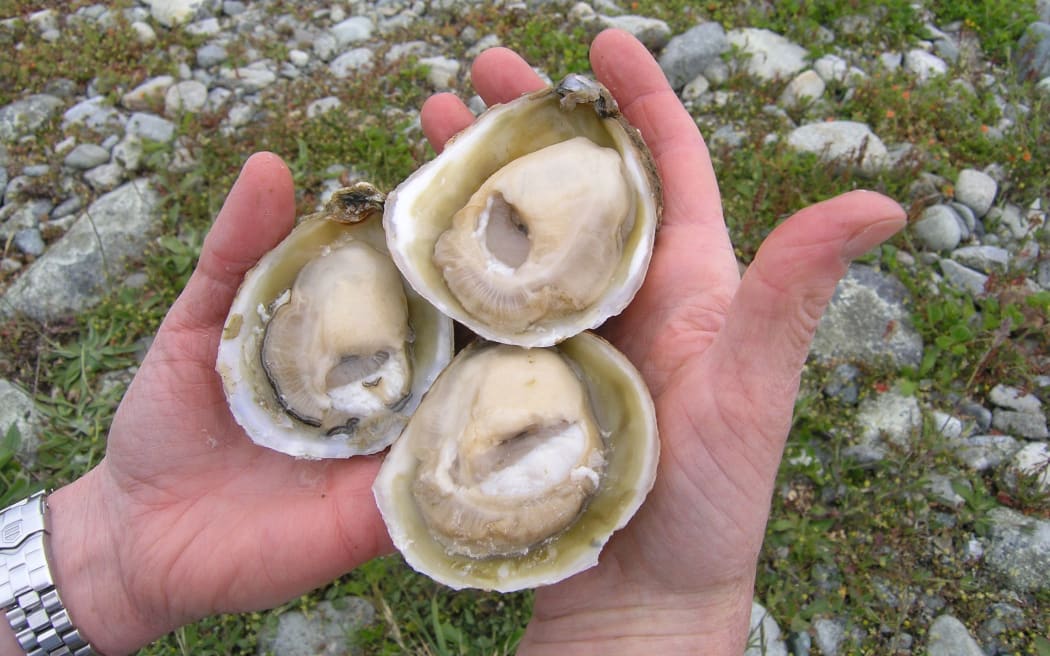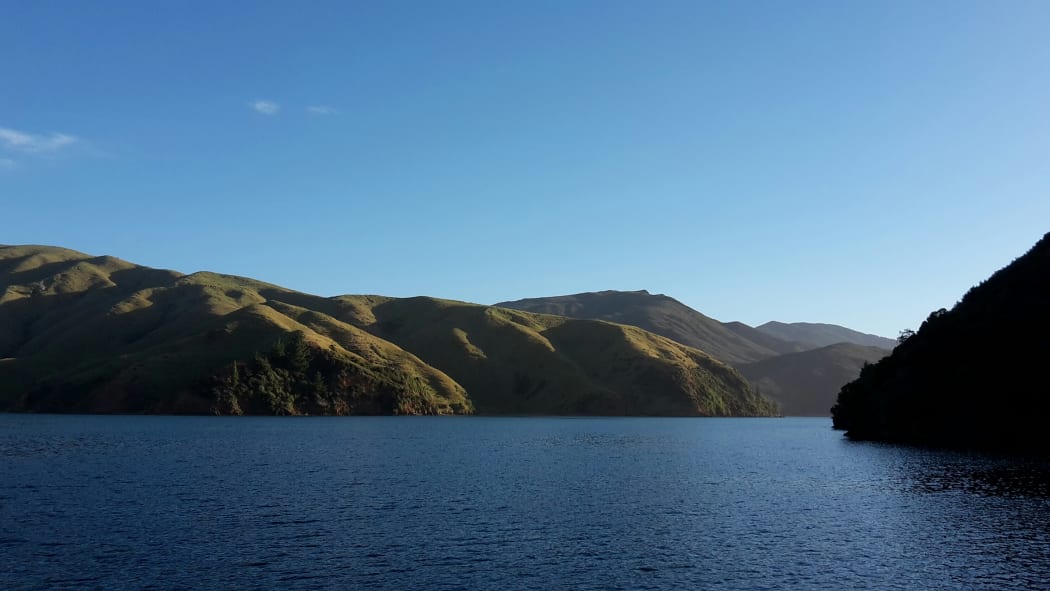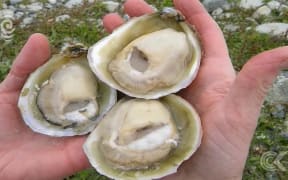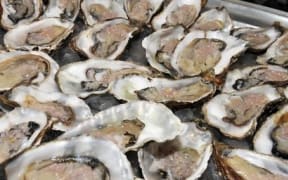An order to remove flat oysters from the Marlborough Sounds spells the end of the industry there, a Marlborough marine farmer says.

Culls of flat oysters have been ordered in Stewart Island and now the Marlborough Sounds. Photo: Cawthron Institute
The Ministry for Primary Industries (MPI) has ordered the removal of 10 farms in the Sounds in a bid to halt the spread of the parasite Bonamia ostreae.
The parasite was first discovered there two years ago and last month was picked up on Stewart Island, prompting fears it could threaten the famous Bluff oyster industry.
MPI ordered a cull of Stewart Island oysters last week.
Bruce Hearn, one of three marine farmers in the Sounds who grow flat oysters, said the ministry did the right thing two years ago when it put controls in place to stop the parasite spreading.
However, the order to remove farms was drastic, he said.
"It's unprecedented worldwide - no one in the world has ever done this before. Everyone farms with the existence of Bonamia and with various methods to try and reduce mortalities, or keep at the lowest possible levels," Mr Hearn said.
The parasite is not harmful to humans.
Mr Hearn did not think the cull would serve any great purpose.
The parasite was in the wild stocks of flat oysters along parts of Marlborough's shoreline, but the farms acted like sentinels, he said.
"There are a lot of oysters in a small patch so if there's any disease around, we're [farmers] going to be the first to pick it up. We're the canary in the coalmine."

Bonamia ostreae was first detected in the Marlborough Sounds two years ago Photo: RNZ / Tracy Neal
The food and beverage arm of Nelson-based Wakatu Incorporation, Kono, also grows flat oysters in the Sounds.
Chief executive Rachel Taulelei said the company was working with the ministry about what the effects of the cull would be.
"We will also continue to build on our experience of dealing with Bonamia ostreae over the last two years, which includes working with others in the aquaculture industry ... and the scientific research community."
MPI said the Bluff flat oyster fishery was worth about $22 million a year, but there had been only minimal yields from Marlborough since 2015.
Mr Hearn said flat oysters made up almost half his business.
The ministry's notice requires each farmer to develop a harvesting and processing plan to remove flat oysters from their farms.
Marlborough Mayor John Leggett said while it was a good wake-up call for the Sounds' aquaculture industry, he did not think the situation was as dire as some were making out.
Nelson's Cawthron Institute was developing a scientific method to create a more resilient oyster to safeguard the industry's future, he said.
"Caution is the priority but I don't necessarily think it spells the end. There'll obviously be a bit more investigation, a bit more science and hopefully there will be a solution," Mr Leggett said.
The potential of the flat oyster industry was important to Marlborough and he preferred to see the removal as temporary.
"It's important we understand why some of these things are happening because there may be some synergies with the other marine farming that's taking place."
MPI said a controlled area notice remained in place, which restricts movement of some shellfish species, including their spat, in and out of Nelson, the Marlborough Sounds and Stewart Island.
The movement of farm equipment and boats used in the Stewart Island shellfish industry is also restricted.





